Amaou Strawberry: Fukuoka Prefecture’s Famous Fruit
Tanner Schroeder
Posted on June 07, 2021
Share:
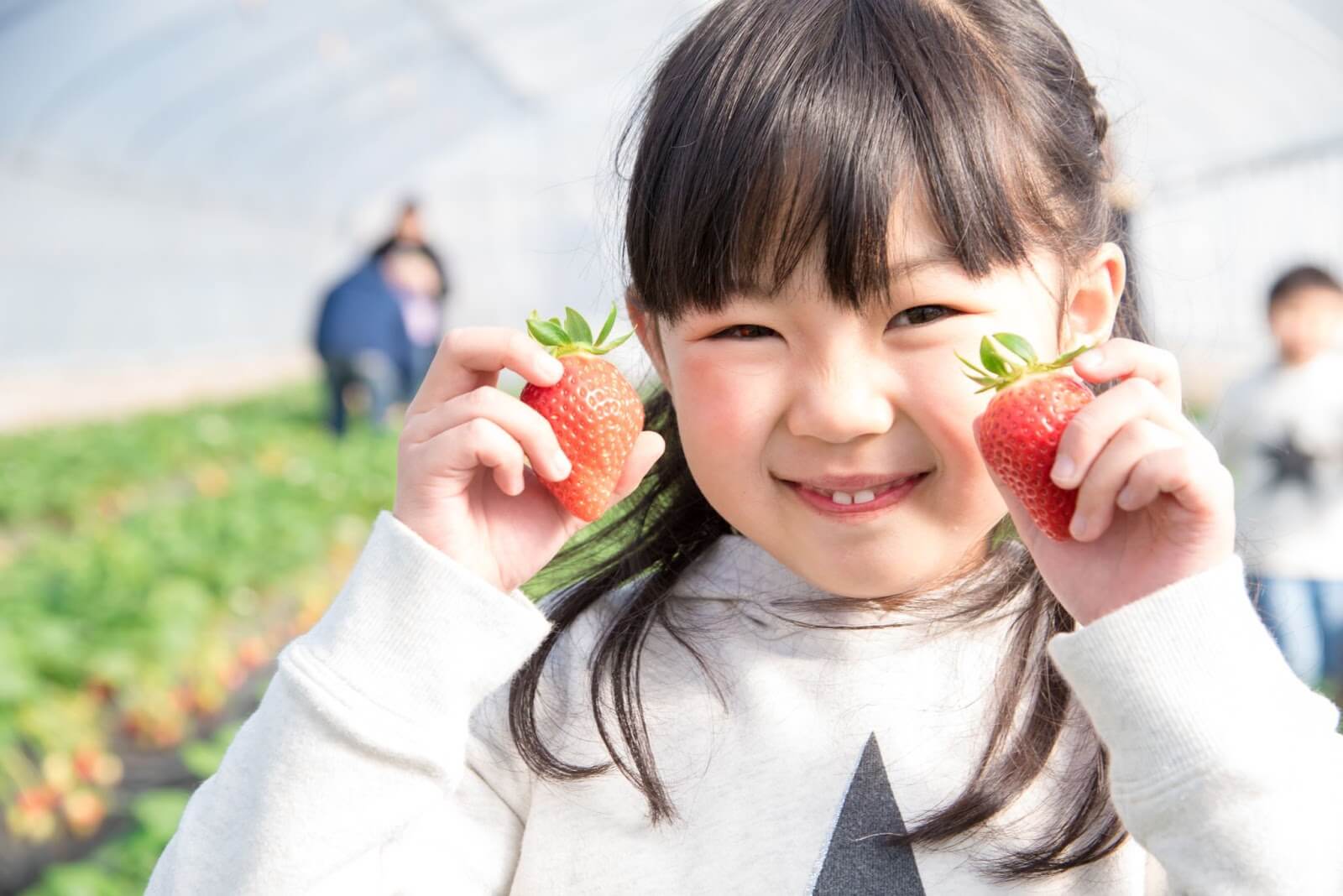
From the renowned Skyberry strawberry, grown in the Tochigi Prefecture, to the highly regarded White Jewel, grown in the Saga Prefecture, Japan is well known for its wide variety of strawberries. In fact, there are more than 300 different kinds of strawberries available in the country. Half of these are said to be Japanese, with exciting, new varieties being developed every year.
Arguably one of the country’s most popular varieties is the Amaou strawberry, grown in the Fukuoka Prefecture in Kyushu. Ideally suited to growing in the area’s warmer climate, the Amaou, which is an acronym for akai (red), marui (round), ookii (large), and umai (delicious), is known for its large size, bright red color, juiciness, and sweet flavor. These special strawberries, classified as Fragaria ananassa, and belonging to the Rosaceae family, generally measure between 2 – 3 inches (6 – 8 centimeters). They are packed with immune-boosting vitamin C, as well as vitamins A, E, and K, zinc, iron, potassium, and fiber.
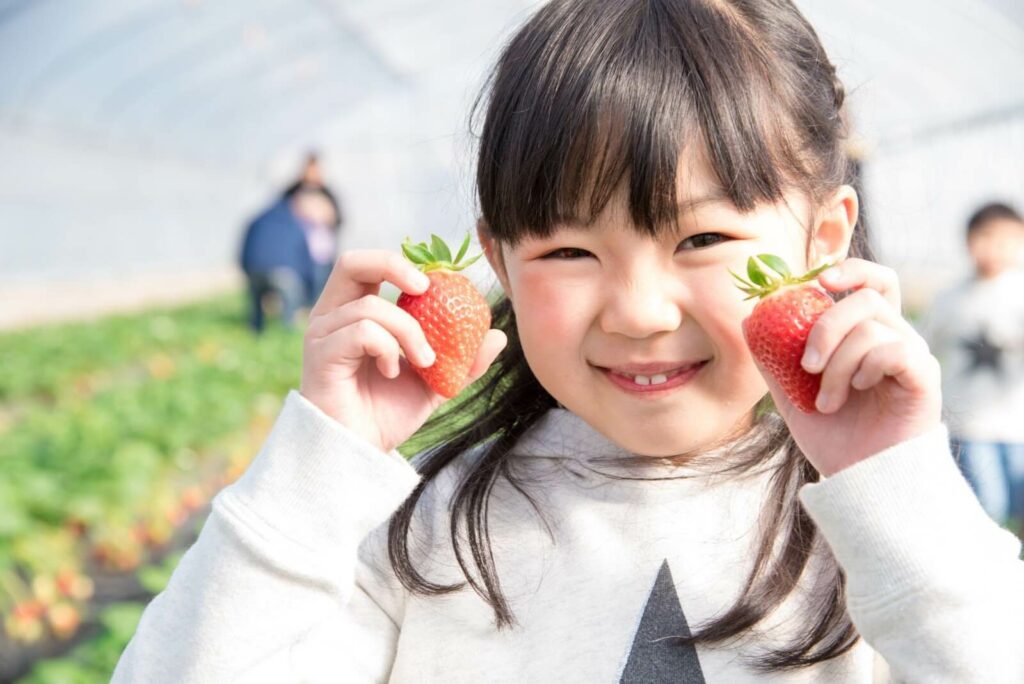
While balanced in flavor, the Amaou’s sweetness is one of its most notable traits, and it has become a favorite addition to Japanese desserts, whether it’s topping a classic Christmas strawberry shortcake, or layering a delicious fruit sando. It is also one of the top choices in the popular ichigo daifuku (strawberry and sweet red bean mochi). There is even a limited-edition Kyushu Amaou Strawberry Flavor KitKat, consisting of the chocolate’s signature wafers, together with a strawberry-flavored cream inspired by the Amaou. Morinaga, the famous milk caramel treat, which launched in 1913, also boasts a special Amaou Strawberry flavor caramel, as does the brand’s Hi-Chew candy, which uses juice from Fukuoka Prefecture Amaou strawberries in its special Kyushu-specific souvenir pack.
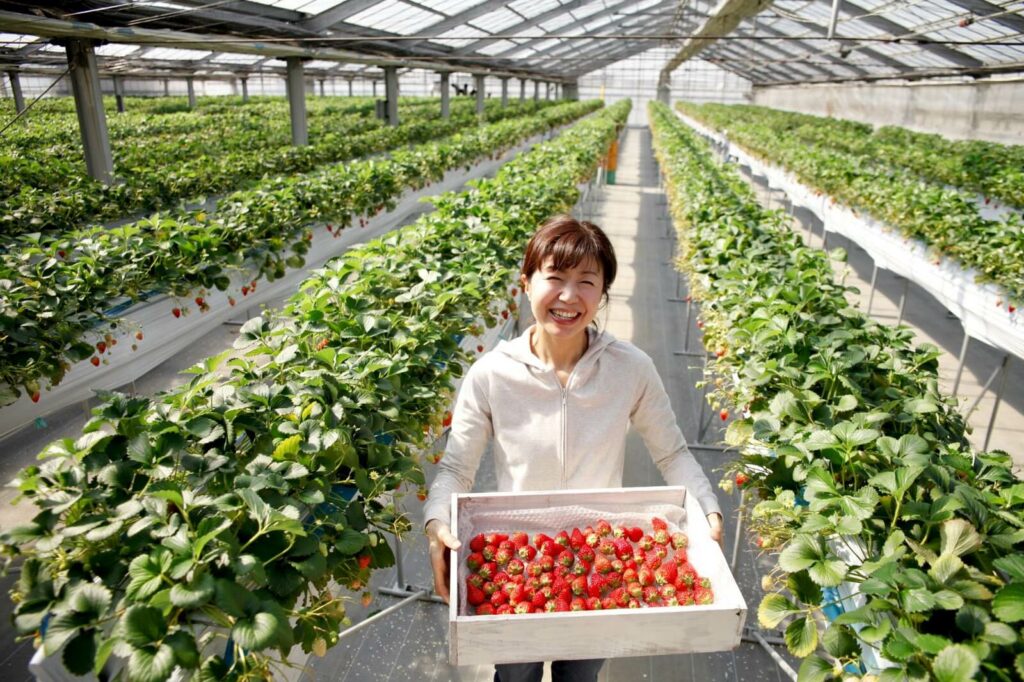
An Amaou currently holds the title of the world’s heaviest strawberry. Certified by the Guinness World Records on 28 January 2015, the strawberry, grown by Koji Nakao in the Fukuoka Prefecture, weighed 8.82 ounces (250 grams). It measured 3.15 inches (8 centimeters) in height, 4.72 inches (12 centimeters) in length, and was between 9.84 and 11.81 inches (25 and 30 centimeters) in circumference, all of which beat the previously held record set 32 years prior.
The history of strawberries in Japan can be traced back to the late Edo era, when the first strawberry as we know it to be, arrived in Japan in the 1840s. In the Meiji era, the Fukuba strawberry became the first strawberry to be cultivated in Japan. Thanks to greenhouses, the annual strawberry harvest increased significantly after World War II.
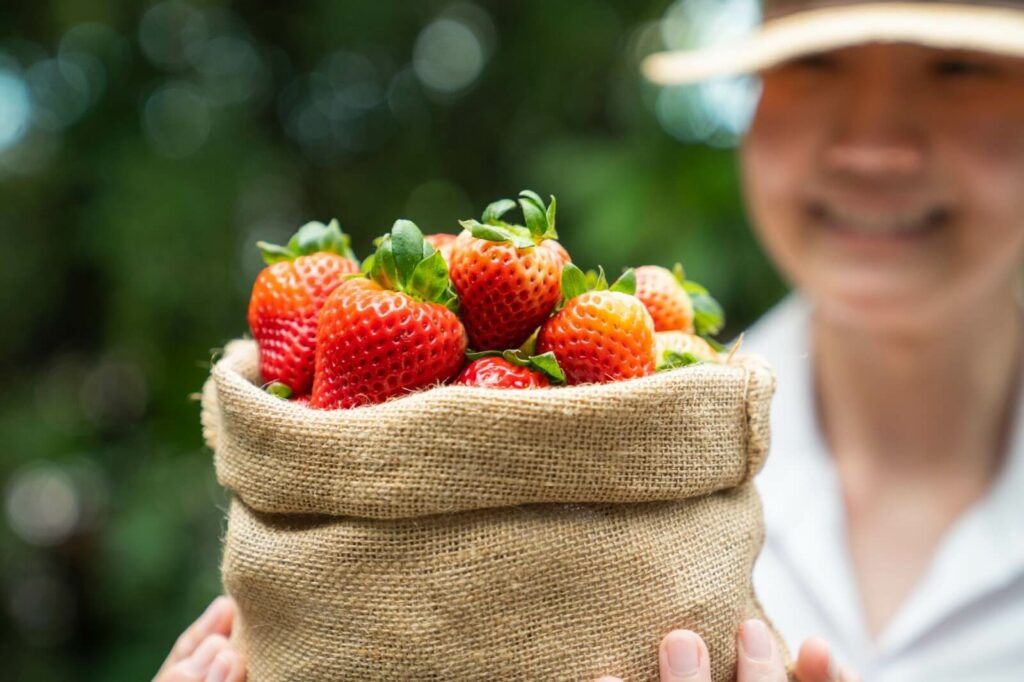
Japan celebrates Strawberry Day on 15 January every year. The day was actually chosen for a particular reason. The word ‘ichigo’, meaning ‘strawberry’ in Japanese, can also be broken down into the words ‘ichi’, meaning ‘one’ and ‘go’, meaning ‘five’. The Fukuoka Prefecture, located in the south, is generally where the strawberry season begins, before moving further up towards the north as the seasons change. It has become synonymous with strawberries, and strawberry picking is a popular annual pastime from December to mid-May.
There are many fruit farms to visit across the prefecture, some of which specialise only in strawberries, and even the Amaou variety specifically, including White Berry Farm, Akiyama Gardening, Isomoto Farm, Fukuoka Berry Farm, and Lion Kajitsuen. The popular White Berry Farm is just one of the farms that specialises in the Amaou, and after years of research into cultivation, the farm has actually managed to extend its strawberry picking season, as well as offer a 60-minute all-you-can-eat strawberry experience.
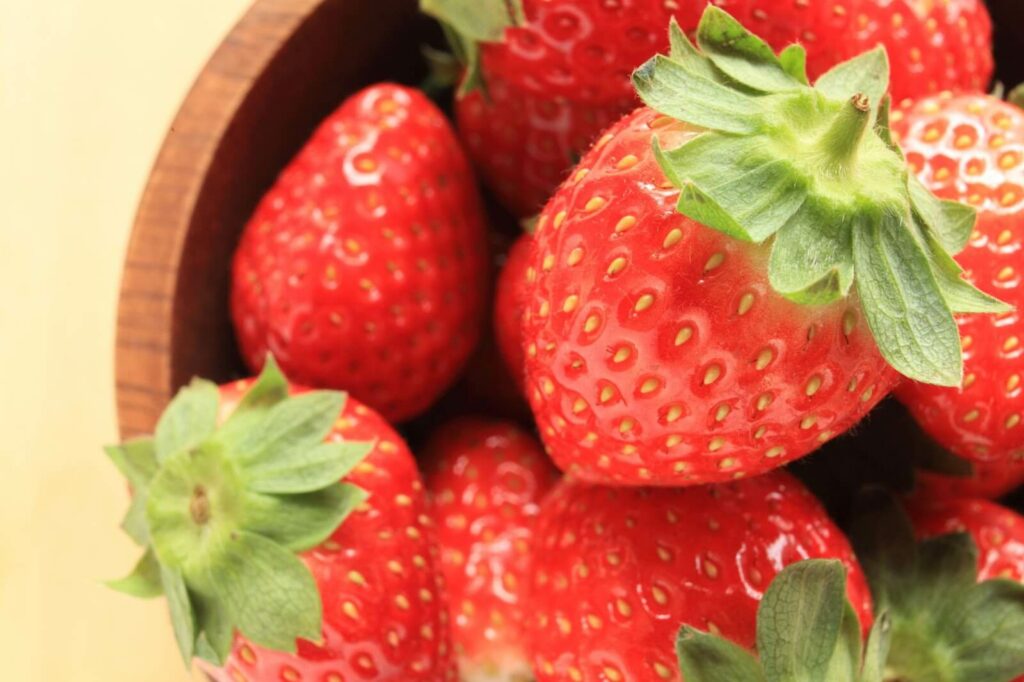
As with the Amaou strawberry Fukuoka Prefecture has become known for, different prefectures across Japan often specialise in specific varieties. The Tochiotome, which hails from the Tochigi Prefecture, is considered to be the variety in Japan that is grown most. Known as ‘The Strawberry Kingdom’, the Tochigi Prefecture leads the country in terms of strawberry production. The Tochiotome, featuring a combination of sweet and sour flavors, is a relatively small strawberry, especially in comparison to the Amaou, which can grow to almost triple the size of an average Tochiotome.
Another hugely popular variety is the Beni-hoppe from Shizuoka, known for its large size (bigger than the Tochiotome, smaller than the Amaou) and slightly sour flavor. The sweet-tasting Sagahanoka strawberry from the Saga Prefecture is another popular choice.
Prices for the Sagahanoka, Beni-hoppe, and Amaou strawberries range between 400 – 600 yen per pack, while the Tochiotome retails for approximately 200 – 300 yen per pack.
From savoring a deliciously juicy Amaou straight from the farm in the Fukuoka Prefecture to stocking up on sweet treats that celebrate this special variety, or whipping up traditional Japanese desserts filled with strawberry sweetness, how would you most like to enjoy the next strawberry season in Japan?

Discover authentic flavors with Sakuraco
Get Sakuraco 

Discover authentic flavors with Sakuraco
Get Sakuraco 
Related Articles

Mount Fuji Snacks That You Need to Try This Summer!
Mount Fuji, Japan’s highest and most iconic peak, has long served as a muse not just for artists and poets, but also for confectioners. Its symmetry and snow-capped grandeur make it an ideal motif for culinary artisans nationwide. These treats capture the spirit of Fuji in edible form, reflecting regional ingredients, seasonal symbolism, and time-honored techniques.

Okinawa City is Home to Southeast Botanical Gardens!
The Southeast Botanical Gardens in Okinawa are one of the island’s most beautiful and relaxing destinations. In Okinawa City, they offer a lush escape filled with tropical plants, ponds, animals, and seasonal displays.

Mount Fuji Tour: Great Adventures Await You This Summer!
Mount Fuji is one of the most famous landmarks in Japan. People worldwide visit to see its beauty and enjoy exciting yearly outdoor activities!

Mikoshi: Why Are These Portable Shrines So Important?
Japan’s summer festivals are known for their energy, color, and tradition. And at the heart of many lies the mikoshi.


